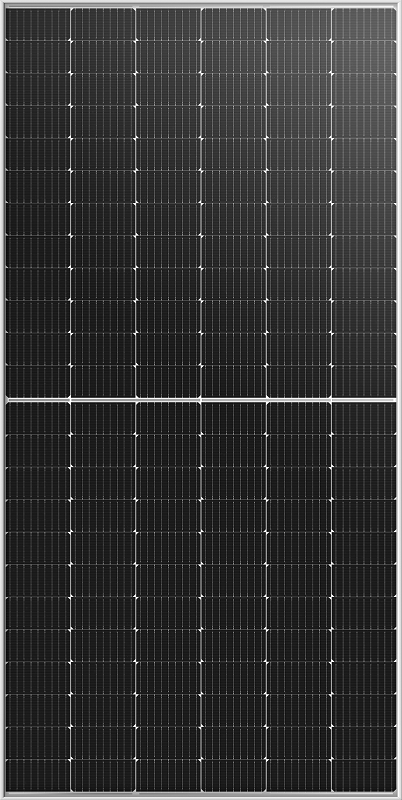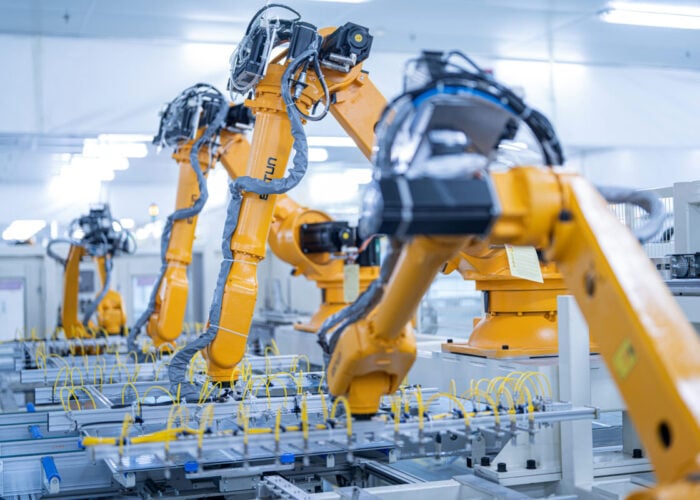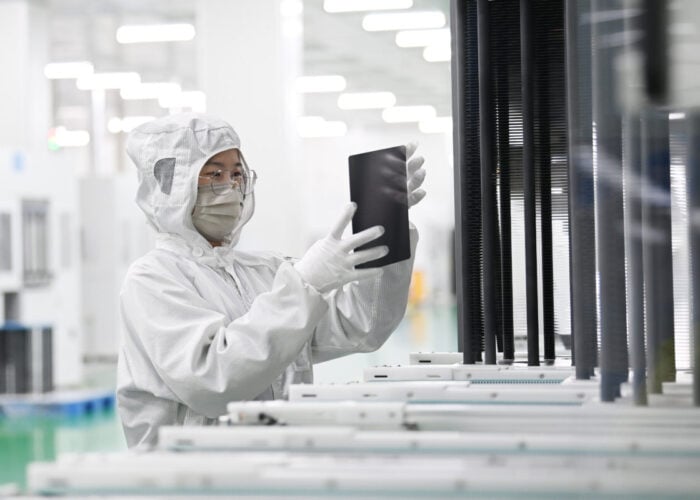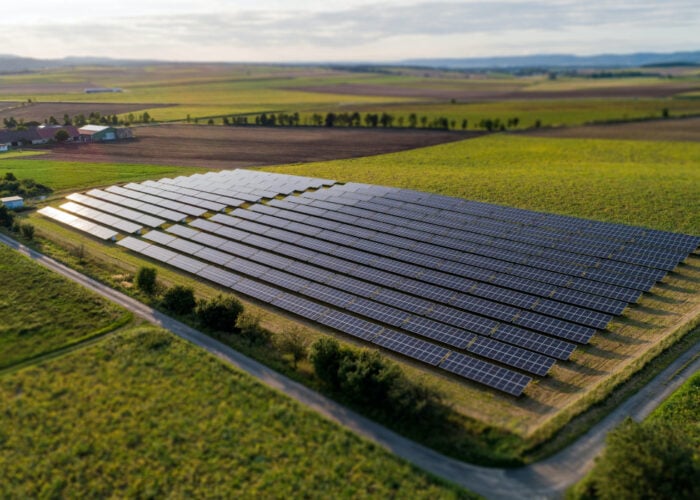
LONGi has launched its Hi-MO N module, its first bifacial module with n-type TOPCon cells, designed to deliver ultra- high value and lower levelised cost of electricity (LCOE) to utility-scale PV power plants.
Hi-MO N maintains LONGi’s optimal 182mm cell and 72-cell module size and adopts LONGi’s proprietary high performance cell (HPC) technique based on n-type TOPCon. The conversion efficiency is up to 22.3% and power reaches 570W in mass production.
Unlock unlimited access for 12 whole months of distinctive global analysis
Photovoltaics International is now included.
- Regular insight and analysis of the industry’s biggest developments
- In-depth interviews with the industry’s leading figures
- Unlimited digital access to the PV Tech Power journal catalogue
- Unlimited digital access to the Photovoltaics International journal catalogue
- Access to more than 1,000 technical papers
- Discounts on Solar Media’s portfolio of events, in-person and virtual
Or continue reading this article for free
Problem
The challenge for all module manufacturers remains to support customers to continue reducing LCOE, increasing module power and efficiency and save on balance of system (BOS) costs for their utility PV projects, giving them access to more econmic financial models. LONGi’s R&D teamhas maintained continuous focus and research on a variety of cell and module techniques.
From its leading mono PERC technology spanning P-type bifacial technology to M6 and M10 wafer standards, each of LONGi’s breakthroughs is based on the maximisation of industry value and reduction of LCOE. To continue those breakthroughs, a transition to a new technology platform was required.
Solution
The Hi-MO N, LONGi’s newly unveiled TOPCon module, uses the manufacturer’s HPC technique and is based on n-type TOPCon technology to achieve higher bifacial gains, better temperature coefficient and low irradiance performance, lower working temperature, better light-induced degradation (LID) and potential induced degradation (PID) performance. As a result, energy yield is 2-3% higher than that of mainstream p-type bifacial modules.
In tandem with “zero” cell damage and LONGi’s proprietary smart soldering technology, Hi MO N is PID-free under irradiance. The initial year degradation is under 1% and linear degradation is under 0.4%. Degradation of similar mainstream products is around 2% in its initial year, and linear degradation is approximately 0.45% per year. Calculated on a 30-year lifecycle, the conversion efficiency of Hi-MO N modules will be 2.45% higher than that of other mainstream products in the market.
In addition to high energy yield and low LID, Hi-MO N also shows its value in reducing BOS costs with its higher module efficiency. The 182mm-size module can minimise costs associated with racking, cable, inverter and labour. Its high conversion efficiency of 22.3% can enhance installed capacity by over 3.5% in areas of limited space and reduce BOS costs as well as costs of AC equipment and operations and maintenance throughout the life cycle of the power plants.
The energy yield and system cost savings during Hi-MO N lifecycle deliver higher values for customers, when compared to mainstream P-type bifacial modules in the market.
Applications
Utility-scale PV power plants.
Platform
Hi-MO N is verified and confirmed to be compatible with mainstream inverters and tracking systems. The Hi-MO N panel has following dimensions: 2256mm x 1133mm x 35mm, and a weight of 32.3kg.
Availability
The Hi-MO N panel is expected to be in volume production in the fourth quarter of 2021, becoming available for procurement in the following quarter.
LONGi and PV Tech are co-hosting a webinar exploring the benefits of the Hi-MO N panel, detailing how the new technology platform has enabled greater efficiencies and energy yields for utility-scale solar PV projects. The webinar is being hosted at 16:00 CET / 15:00 BST / 10:00 ET on 28 July 2021. To register for the webinar, click here.







